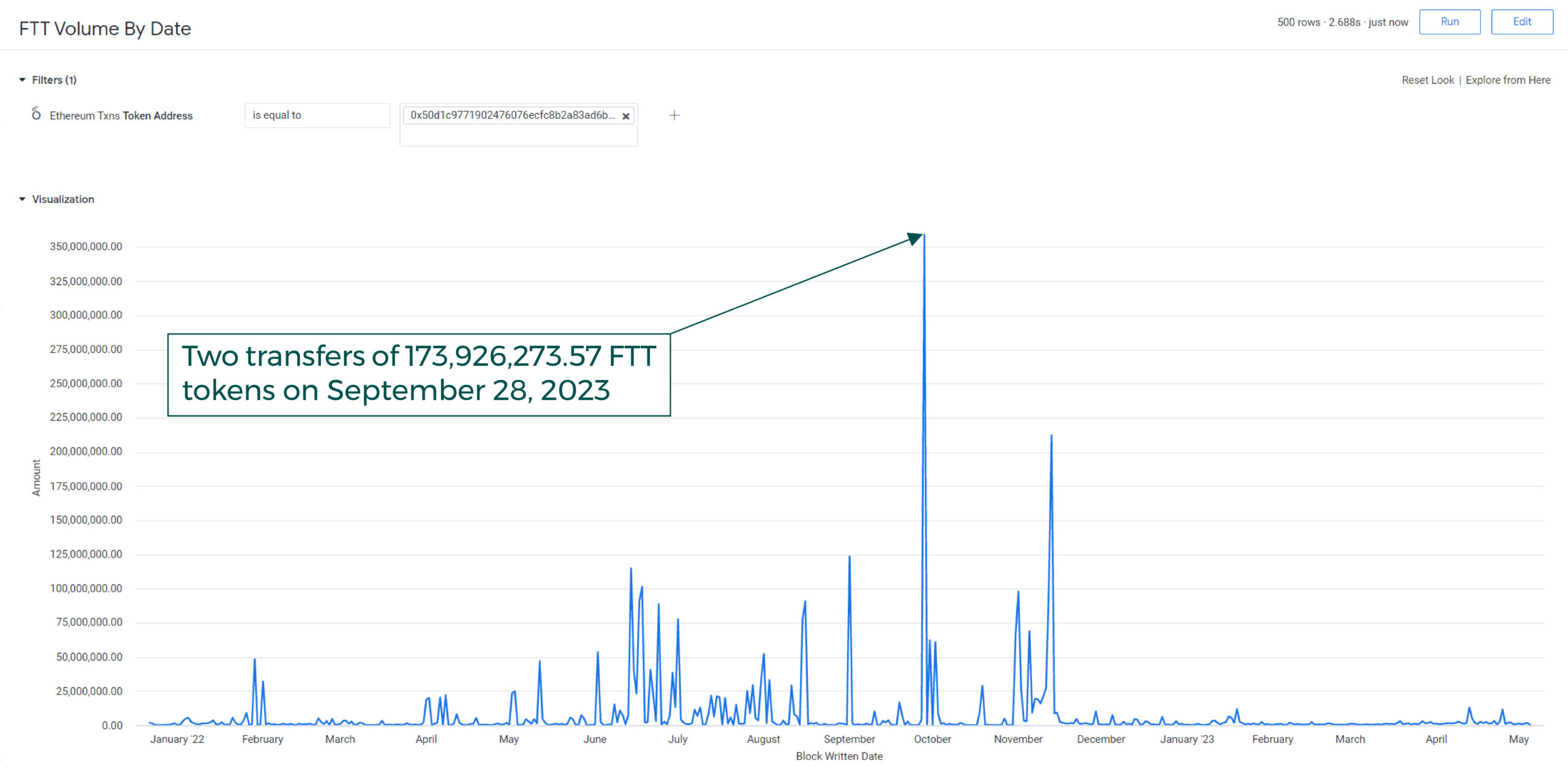MANAGE RISK
Risk management isn’t just prices and profits. How do you know if who you’re trading against is solvent? We’ve helped users avoid exposure to Three Arrows Capital and FTX.com by combining on-chain transaction monitoring with off-chain analysis.
Our comprehensive risk assessment tool is delivered in a format familiar to risk management professionals. Built by legal and finance professionals with over three decades of experience at some of the world’s biggest financial institutions, we help professionals manage risk and monitor exposure in a dynamic and fluid environment.
Risk Reports.
Legal Status Risk Assessment
The legal status of a counterparty provides insight into potential regulatory risks and the prospect of legal recourse in the event of insolvency, including:
- commitment to licensing and transparency
- presence of regulatory oversight
- prospect for effective legal recourse in the event of dispute
and are a starting point in analyzing the reliability of transacting with a counterparty.
How do the APIs perform?
APIs are Application Programming Interfaces that allow two or more computer programs to communicate with each other. For counterparties that provide API access, the quality, resilience, and accuracy of such APIs provides insight into operational integrity and reliability, including:
- data quality for determining backtest suitability
- cybersecurity measures and protocols
- consistency between presented and on-chain data.
For counterparties which do not provide API access, code repositories (where publicly available) will be assessed, failing which, the weight for this Factor is redistributed proportionately to the other Factors.
On-Chain and Counterparty-Reported Trade Data Analysis
Analyzing data provided by a counterparty, and verifying its on-chain transactions and behavior, provides insight into a counterparty’s operational integrity, especially their:
- commitment to fidelity and precision
- propensity to manipulate and/or misrepresent transaction or trade data
- capacity and willingness to maintain a fair and transparent environment for conducting transactions
which helps complete the overall risk assessment of a counterparty and provides some guidance as to the recommended hedges needed for transactions.
Risk Monitoring.
When it comes to digital assets, surveilling your counterparties is just as, if not more important, than surveilling prices. On-chain activity can provide deep insights into the state of affairs of your trading counterparties and their liquidity.

Could monitoring specific FTT wallets have saved your funds?

Source: Google Looker instance utilizing ChainArgos data and queries.
FTT is the native token of the FTX exchange and in contradiction to FTX’s own procedure, on September 28, 2022, 173.9 million FTT tokens were transferred out of a locked wallet, ultimately onto FTX.com, presumably to beef up the liquidity of the embattled cryptocurrency exchange that in all likelihood was already insolvent at this point.
Monitoring key FTT wallets, such as the locked wallet in question, would have flagged the transaction. Even if the FTT wallet wasn’t specifically monitored, the sudden spike in FTT transactions and two back-to-back transfers for the exact amount of 173,926,273.57 FTT tokens should certainly have raised some alerts that required further investigation.
Risk Scoring.
We use a transparent risk-scoring methodology enabling you to conduct independent counterparty risk assessment and use appropriate macro hedges.

Counterparty Risk Assessment.
How does the Risk Scoring Methodology work?
Our Counterparty Risk Assessment (CRA) scorecard utilizes proprietary tools, such as blockchain and scenario analyses and is both quantitative and qualitative. Legal analysis of a counterparty is qualitative, while transaction, on-chain and API data utilizes quantitative measures.
CRAs are forward-looking and reflect a counterparty’s ability to provide digital asset services advertised, continue operations, and meet obligations going forward (e.g. withdrawals).
What sort of data do we look at?
ChainArgos utilizes both current and historical data. Current data is helpful in determining real-time event risks, while historical data is instrumental in understanding patterns and trends of a counterparty’s past operations and behaviors, as well as for peer comparison.
How do we score risk?
The factors and where applicable, sub-factors are scored individually, and weighed according to their importance before being combined into a scorecard-indicated risk assessment. Scoring is linearly interpolated to derive an overall risk assessment scorecard.
Risk Scoring Methodology.
Transaction and on-chain behavior has the highest scorecard weight at 50%, followed by legal status at 40% and API at 10%. Each scorecard factor and sub-factor has a weight which approximates its typical importance for making choice-of-counterparty decisions.



